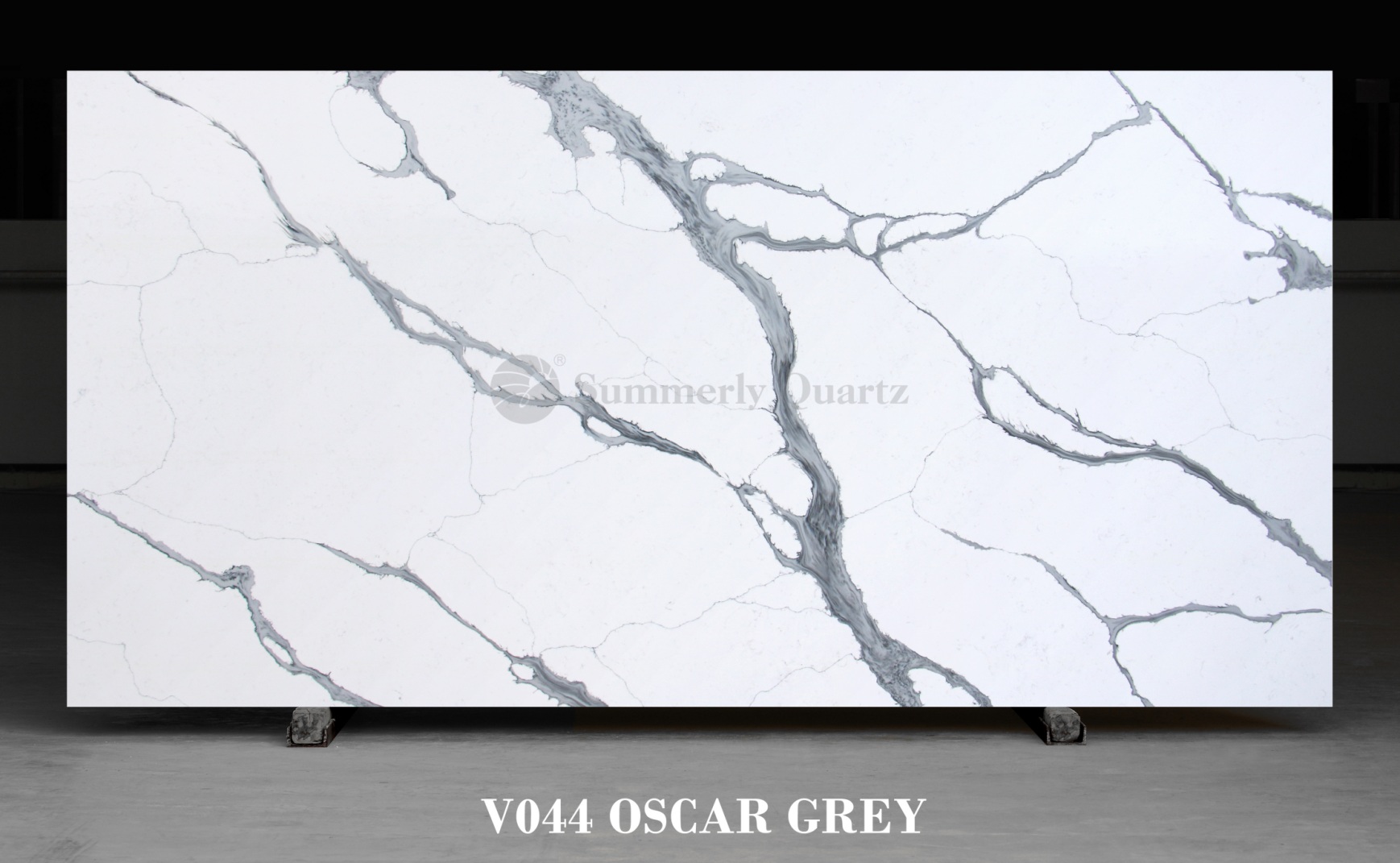
Quartz stone, whether natural or artificial, is a favored material in construction and design due to its durability, aesthetic appeal, and versatility. However, understanding the distinctions between natural and artificial quartz is crucial when selecting the right material for your project.
Formed through geological processes over millions of years, natural quartz stone originates from silica-rich solutions or melts in the Earth's crust. It develops in various geological environments such as igneous, metamorphic, or sedimentary settings, resulting in unique colors, patterns, and textures.
Engineered in controlled environments, artificial quartz stone is synthetically manufactured using crushed quartz crystals, polymer resins, and pigments. The production process involves combining these materials and subjecting them to high pressure and temperature conditions to create uniform slabs.
Natural Quartz Stone: Exhibits natural variations in color, pattern, and veining, reflecting the geological processes that formed it. Each slab is unique, offering a one-of-a-kind aesthetic appeal that adds character to architectural and design projects.
Artificial Quartz Stone: Offers consistency in color, pattern, and veining, as it is engineered to replicate specific aesthetic qualities. Provides uniformity across multiple slabs, making it suitable for large-scale installations or projects requiring a cohesive design theme.
Natural Quartz Stone: Known for its durability and resistance to heat, scratches, and staining, though its performance may vary depending on the specific type and quality. Requires periodic sealing to protect against staining and etching, as well as regular maintenance to preserve its appearance.
Artificial Quartz Stone: Engineered to be highly durable and resilient, often surpassing the performance of natural quartz. Non-porous and resistant to scratching, staining, and etching, requiring minimal maintenance and no sealing.
Natural Quartz Stone: Cost may vary depending on factors such as rarity, quality, and sourcing, with high-end varieties potentially being more expensive. Availability depends on geological factors and extraction practices, which can influence supply and pricing.
Artificial Quartz Stone: Generally more affordable than natural quartz, providing a cost-effective option for projects with budget constraints. Widely available in a range of colors and patterns, making it accessible for various design preferences and aesthetic requirements.
Natural Quartz Stone: Offers limited customization options due to its inherent variability in color and pattern. Can be cut and shaped to fit specific design requirements, but variations between slabs must be considered.
Artificial Quartz Stone: Provides greater design flexibility and customization capabilities, allowing for the creation of custom colors, patterns, and finishes. Offers consistency across slabs, enabling precise alignment and seamless integration in architectural and design projects.
When choosing between natural and artificial quartz stone, it's essential to weigh factors such as appearance, durability, maintenance, cost, environmental impact, and design flexibility. Natural quartz stone boasts the charm of natural beauty and uniqueness, while artificial quartz stone offers consistency, durability, and customization options tailored to specific project needs. Ultimately, the decision hinges on individual preferences, project requirements, and considerations such as budget, maintenance, and sustainability goals.